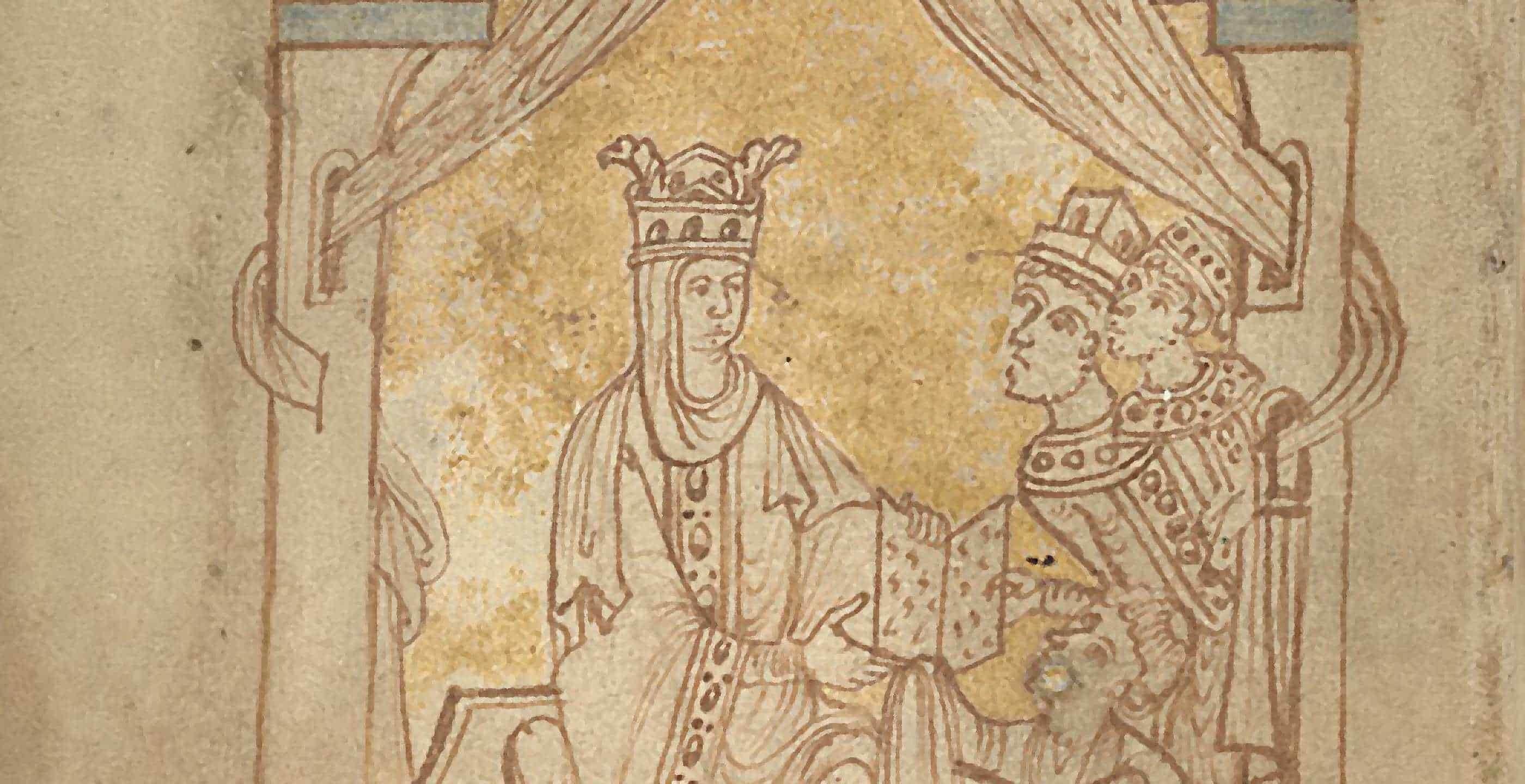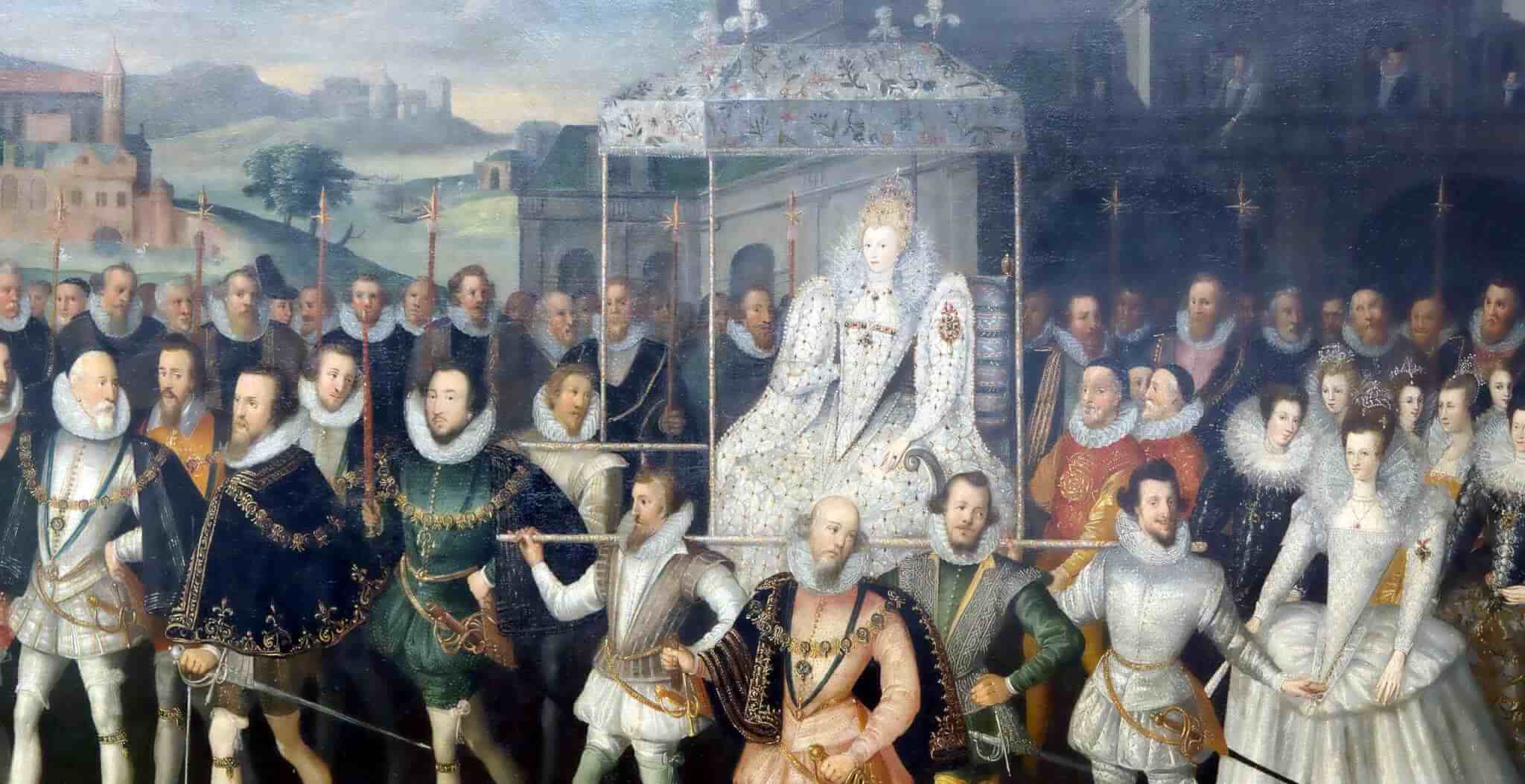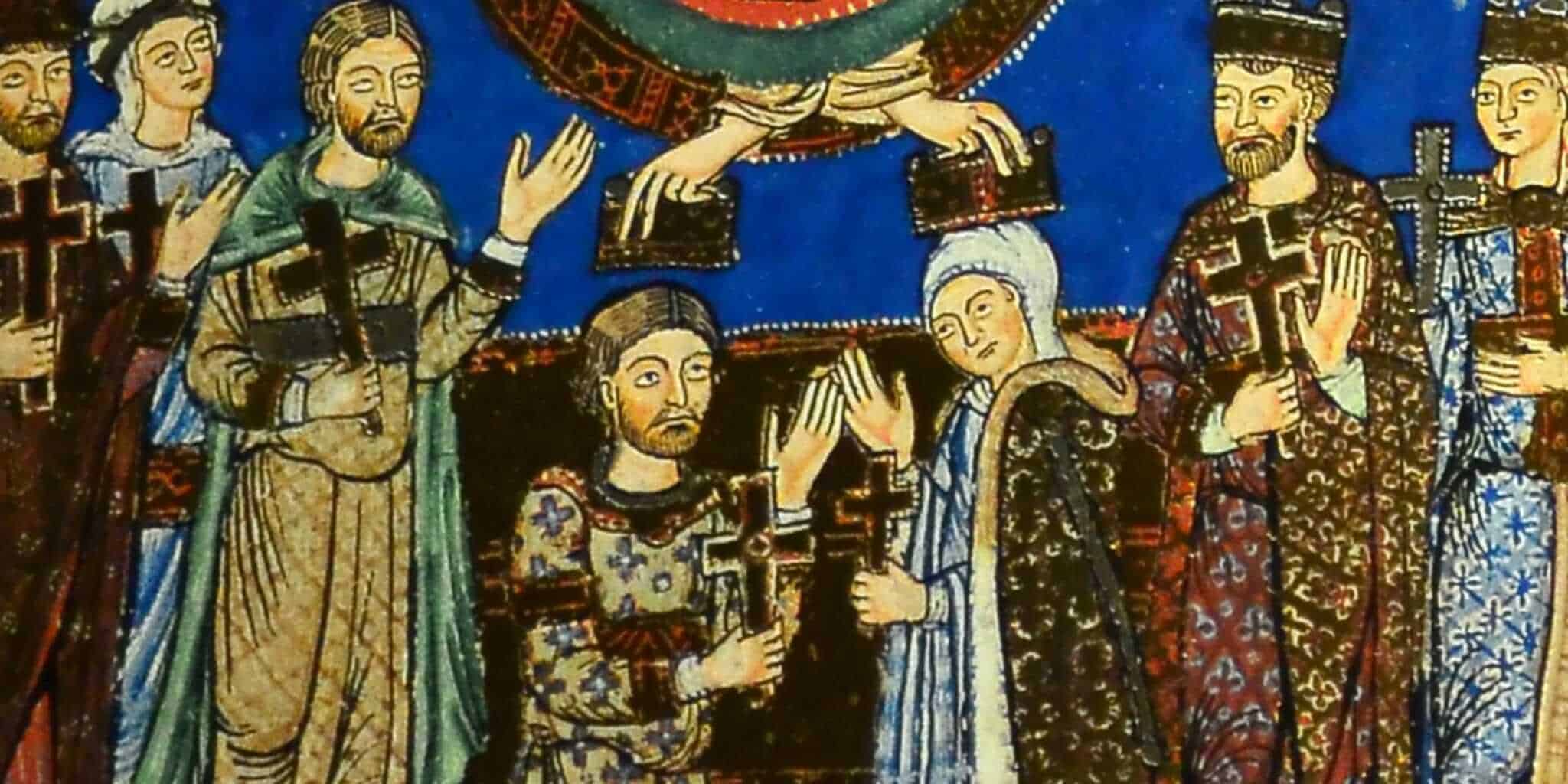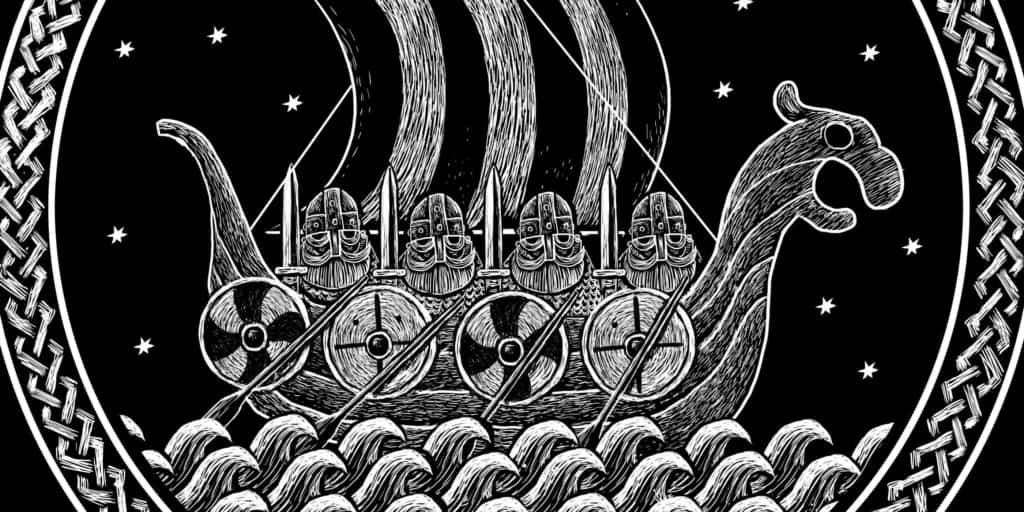Queen consort to two kings, mother of two kings and stepmother to another, Emma of Normandy is a bastion of early English history. In her life time she straddled Anglo-Saxon/Viking England, had huge land holdings across England and was at one time the richest woman in the country.
So who was this woman, and why is she not more prominent in English history?
Born at the end of the Dark Ages in 990AD, her parents were Richard I of Normandy and Gunnor, a Dane. Viking influence at this point had spread across the globe and had a firm base in both Northern France and Britain. The house of Normandy was fledgling, especially in comparison to the English. When a political match was made in 1002 for Emma to marry King Aethelred II of England, his age, 20 years her senior along with the fact that he had fathered 10 children with his first wife Aelfgifu was not considered. Emma dutifully crossed the Channel to produce English-Norman issue and strengthen the position of her house.
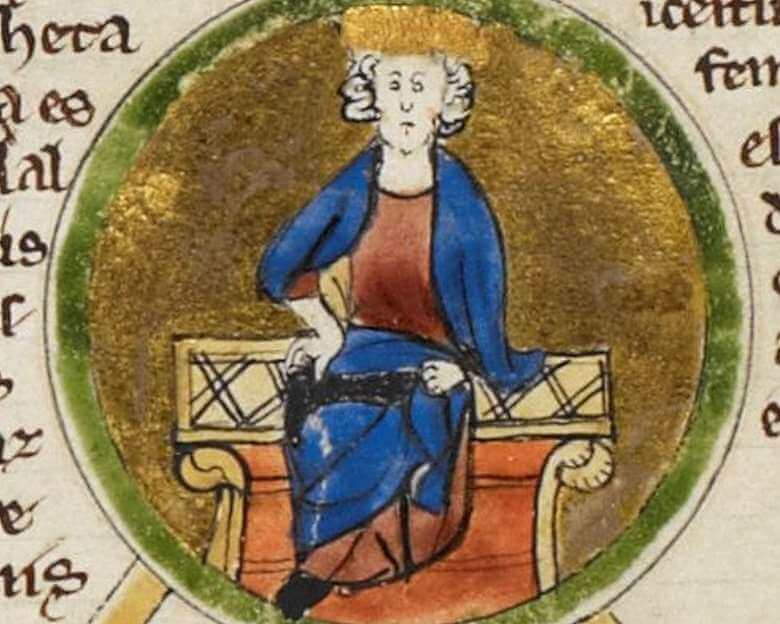
During this time England was under repeated attack from Viking raids. These raids had abated after Alfred the Great had affirmed the power of Wessex and England, but were now once again becoming a disturbance to everyday life. Aethelred needed to find a way to address the issue as he faced scorn at home (leading to nicknames such as Aethelred the Unready or unwise). His marriage to Emma, who was of Norman and therefore Viking heritage, was intended to calm the situation.
Emma arrived in England aged 12 and proceeded to ensconce herself in the day to day dealings of Aethelred’s court, gaining respect amongst Anglo-Saxons who had initially been wary of her. Aethelred gifted Emma large landholdings, especially near Winchester. She set about establishing herself through building and exploiting the benefits of no taxation that her husband had afforded her. Emma’s position was further guaranteed with the birth of two sons, Edward and Alfred, and a daughter Goda.
Unfortunately Aethelred continued on his unwise course. The St Brice’s Day Massacre on 13th November 1002 was a plan to eradicate all Danes (Englishmen of Viking origin) from England. Historians have suggested that it was less a massacre and more an exploitation of popular discontent and continued invasion. It was nevertheless a poorly orchestrated assault on Danes on the outskirts of the Danelaw (Northern England which was inhabited by Viking settlers). The massacre resulted in the murder of notable Danes such as Gunhilde the sister of King Sweyn I of Denmark.
The rage and subsequent Viking invasion in 1009-1012 from King Sweyn (Sweyn the Forkbeard) resulted in Emma’s flight to Normandy and into the protection of her father. Aethelred managed to evade capture and eventually established residence on the Isle of Wight. Emma’s return home was embarrassing. While Sweyn Forkbeard established his kingdom in England with his sons Cnut and Harold, Emma could merely watch and wait.
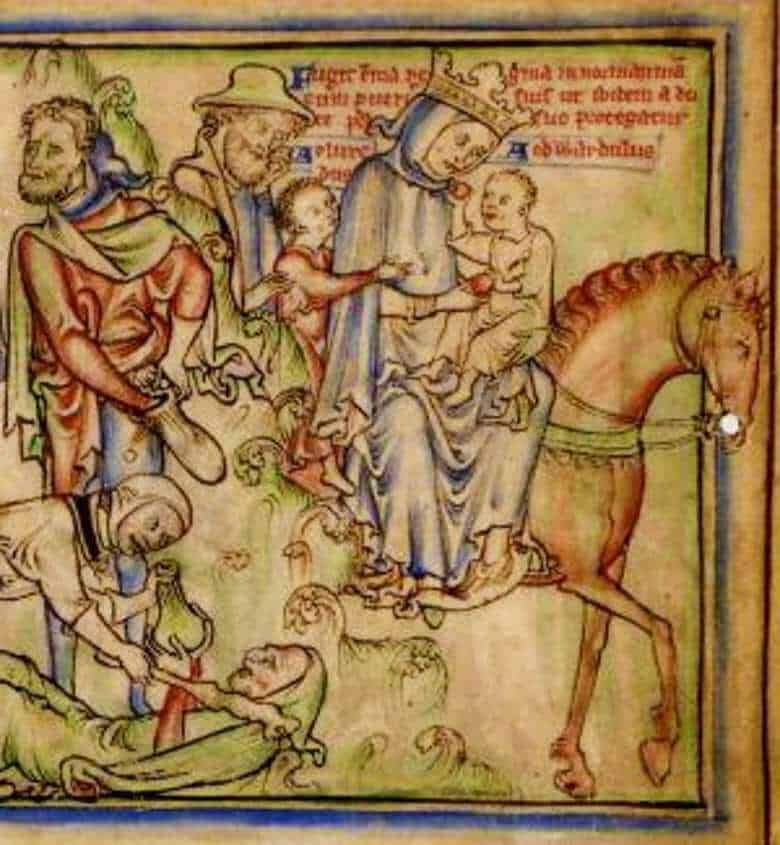
The death of Sweyn in 1014 heralded the return of Aethelred and Emma, however on Aethelred’s death in 1016 Emma’s future was thrown into doubt yet again. Aethelred had 10 children from his first marriage and they took precedence over Emma and Aethelred’s issue.
Edmund Ironside, Aethelred’s oldest son, had a fearsome reputation on the battlefield. As such he agreed a deal with Cnut the son of Swyen to split England in half. This deal collapsed with the death of Edmund himself in 1016. Cnut took over the whole of England, and in an attempt to unite the past and the future, he took the widowed Emma as his wife. The marriage produced two children, Harthacnut and Gunhilda.
The marriage was a happy one according to records, with both partners discharging their duties as rulers. Emma helped to ease the difficult relationship that had developed between Cnut and the Church. Baptised a Christian, Cnut had however wantonly damaged church property in his raids. Emma helped to organise the reconstruction of these churches and the refilling of their coffers at the cost of the Crown. She worked well with the church, gifted land and many beautiful and expensive items such as a golden cross, given to the new minster at Winchester. She even had one of her advisors, Stigand, installed as Archbishop of Canterbury. Emma was left to rule England alone on many occasions as Cnut travelled extensively, to supervise the ruling of his North Sea empire. While married to Cnut, Emma convinced many of her astute ability. In a time when women were not valued on their own, Emma demonstrated that she was a woman to be reckoned with.
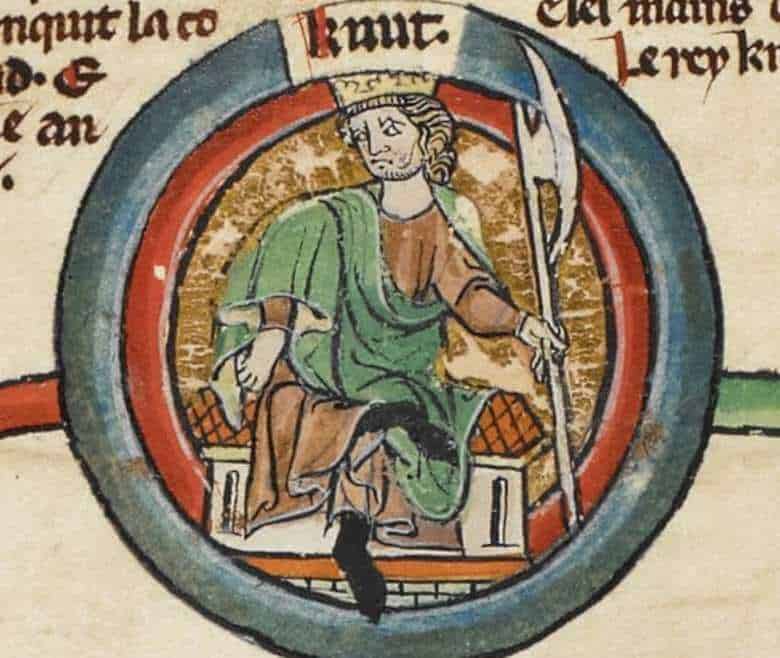
Cnut died in 1035. His son with Emma, Harthacnut, took over as king of Denmark, while Harold Harefoot, Cnut’s son with his first wife (married in a pagan service so not valid in the Christian world, allowing his and Emma’s marriage to been sanctioned by the church) took over the throne in England.
Emma was left again in a difficult position. Her son Alfred from her first marriage attempted to come to her rescue, and potentially challenge Harold Harefoot to the throne. He however was brutally murdered; his eyes were gouged out, leading to his death from complications after this assault.
Emma fled England yet again, but this time headed north. She convinced her son Harthacnut to return to England. His arrival coincided with the death of Harold Harefoot. Harthacnut was declared King of England and Emma once again was in the ascendancy.
Harthacnut was reconciled with his half brother Edward through the mediation of their mother Emma. The untimely death of Harthacnut in 1042 left Emma initially unconcerned, as Edward replaced him on the throne and she was once again Queen Mother. However Edward did not have such a strong relationship with Emma. He stripped her of her role in the Treasury and moved her out of her home in the castle of Winchester. Following the marriage of Edward to Edith Godwineson, the daughter of the Earl of Essex who was an old enemy of Emma’s, she retired from court to live in virtual obscurity until her death aged nearly 70 in 1052.
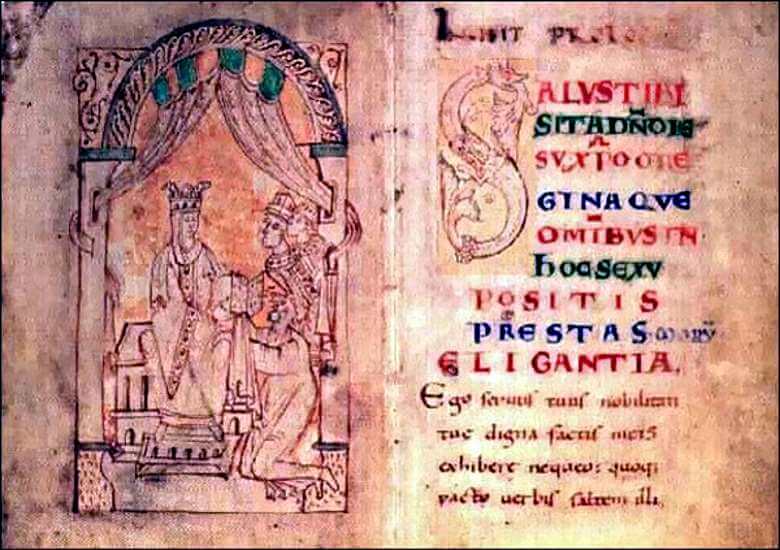
Despite the commissioning of ‘Encomium Emmae Reginae’ (In Memory of Queen Emma), a book of three volumes which looks at her marriage to Cnut and the right of her children to rule, Emma has been a forgotten Queen of England.
However, her impact was undoubtably significant.
She succeeded in forging a political way ahead when Viking and Anglo Saxon relations had left England in a perilous state. She eased relations with the Church and demonstrated an accomplished management of land and financial holdings, both her own and that of England. It seems only fitting then that while she has faded almost into obscurity, one of England’s most famous rulers is her direct relation. Only 14 years after her death, England’s shores were invaded and conquered by her great nephew Duke William of Normandy. Emma may not be remembered, but her House most certainly is.
